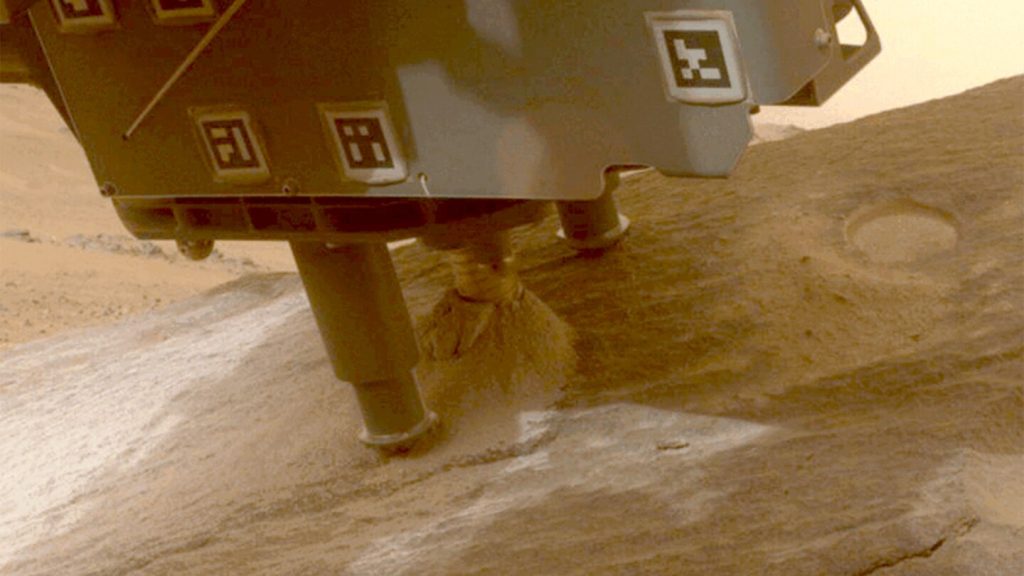NASA’s plan to bring samples from Mars back to Earth is on hold as officials seek a faster and cheaper way to accomplish the task. The cost of the project has been estimated at $8 billion to $11 billion, with an expected arrival date of 2040, which NASA Administrator Bill Nelson deems too expensive and delayed. As a result, he is urging private industry and NASA centers to devise alternative options to streamline the project without jeopardizing other scientific endeavors due to budget cuts. The goal is to gather more than 30 samples from Mars for potential signs of ancient Martian life.
The space agency aims to bring some of the collected samples back to Earth in the 2030s at a cost not exceeding $7 billion. This would involve a spacecraft retrieving tubes from Mars and launching from the planet, followed by a rendezvous with another spacecraft that would transport the samples back to Earth. The timeline for when these samples might reach Earth or the total number of samples to be returned remains uncertain pending the development of a new program with revised timelines and goals, as stated by NASA’s science mission chief, Nicky Fox. The complexity of launching from another planet adds to the challenge of the Mars sample return mission.
Scientists are eager to conduct detailed analysis on pristine samples from Mars in terrestrial labs, which would provide more comprehensive data compared to the limited testing done by spacecraft on the red planet. Confirming any evidence of microscopic life dating back billions of years when water was present on Mars requires meticulous examination at NASA. These samples will also play a pivotal role in determining the locations on Mars where astronauts could potentially explore in the 2040s, according to Nelson. The Jet Propulsion Laboratory in California, previously overseeing the sample project, faced numerous layoffs earlier this year due to funding constraints.
Nelson is seeking new ideas and proposals from various departments within NASA to revamp the project, dispersing the responsibilities more widely across the space agency. The hope is to receive innovative suggestions by late fall to redefine the Mars sample return mission and address the financial challenges associated with it. The overarching goal remains to bring back valuable samples from Mars for in-depth analysis and exploration, enabling scientists to unravel mysteries about the planet’s history and potential for sustaining life. The Associated Press Health and Science Department is supported by the Howard Hughes Medical Institute’s Science and Educational Media Group, with the AP bearing sole responsibility for the content.


